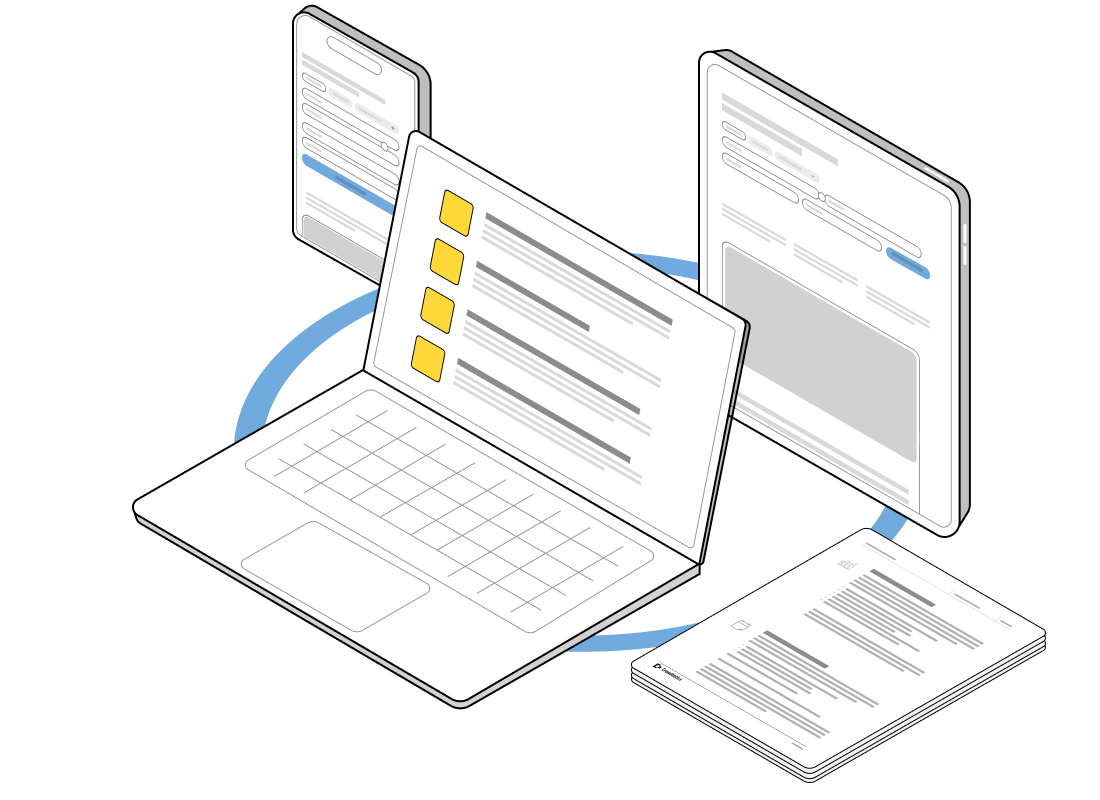What is a food app?
A food application is a web, mobile, or desktop application that enables users to discover new restaurants and order meals. Food apps typically include search features for finding specific types of food, filters for narrowing down search results by price range and location, maps that display nearby restaurants, reviews from other app users about the quality of different foods and restaurants, menus with descriptions of menu items and prices, user profiles with personal information such as name and age range, user photos (to help restaurant staff better recognize them), an inbox for communicating with other users who have ordered through the app in the past.
Food delivery apps can be linked to other food ordering apps like restaurant apps, grocery delivery apps, meal kit delivery apps, and grocery shopping apps. Ordering takeout has become so popular that it has spawned an entire industry of food delivery startups. Some of the most popular food ordering applications in North America include Grubhub, Seamless, Eat24, and DoorDash.
Examples of food apps built with Crowdbotics:
- A food app that would help indecisive people pick a restaurant or meal to be cooked in a given night. There would be a “dine out” option as well as a “dine in” option, which will work in the following ways. Central to the idea for dining in is improving existing pantry apps. Users would be able to search for a random recipe, similar to the restaurant dating game.
- A basic food-specific social media app. Users would essentially keep track of all of the different restaurants they try & tag them with pictures. There would be comments and likes, but no DM/chat functionality.
What is the typical cost to build a food app?
A food app usually costs about $37,500 to build. However, the total cost can be as low as $25,000 or as high as $50,000. A food app with a low number of features (also known as a minimum viable product, or MVP) will be more affordable than an app that includes all intended functionality.
For example, here are some previous food app price quotes from Crowdbotics:
How long does it take to build a food app?
A food app usually takes 550 hours to build. However, a food app can be built in as few as 267 hours, or in as many as 1000 hours. The exact timeline mostly depends on how complicated your specific app is. As a general rule, it will take longer if you require highly custom designs, niche features, complex logic, or non-standard release platforms.
For example, some previous food apps build with Crowdbotics received the following hourly estimates:
Not seeing what you’re looking for?
Crowdbotics has quoted and built hundreds of applications for teams of all sizes. Browse our historical estimates by industry and app type to understand possible costs and considerations.
How to successfully grow your food application
A food ordering app can grow by focusing on the user experience, ensuring that the app is easy to use, and offering a wide variety of menu items. Users are likely to choose a food ordering app based on its brand recognition. Food ordering apps should make it clear in-app that they are associated with well-known restaurants and provide high quality photos of each menu item so that users know exactly what they’re getting before they order.
Risks and challenges of building a food application
An app designed to order food faces a number of regulatory and legal risks related to food handling and the mislabeling of food. You will want to ensure that your app is in compliance with all applicable restaurant regulations regarding food handling, preparation, and delivery. You should also consider how you will handle customer feedback on the quality of your food, as well as how you will handle complaints from customers who may be dissatisfied with their experience.


